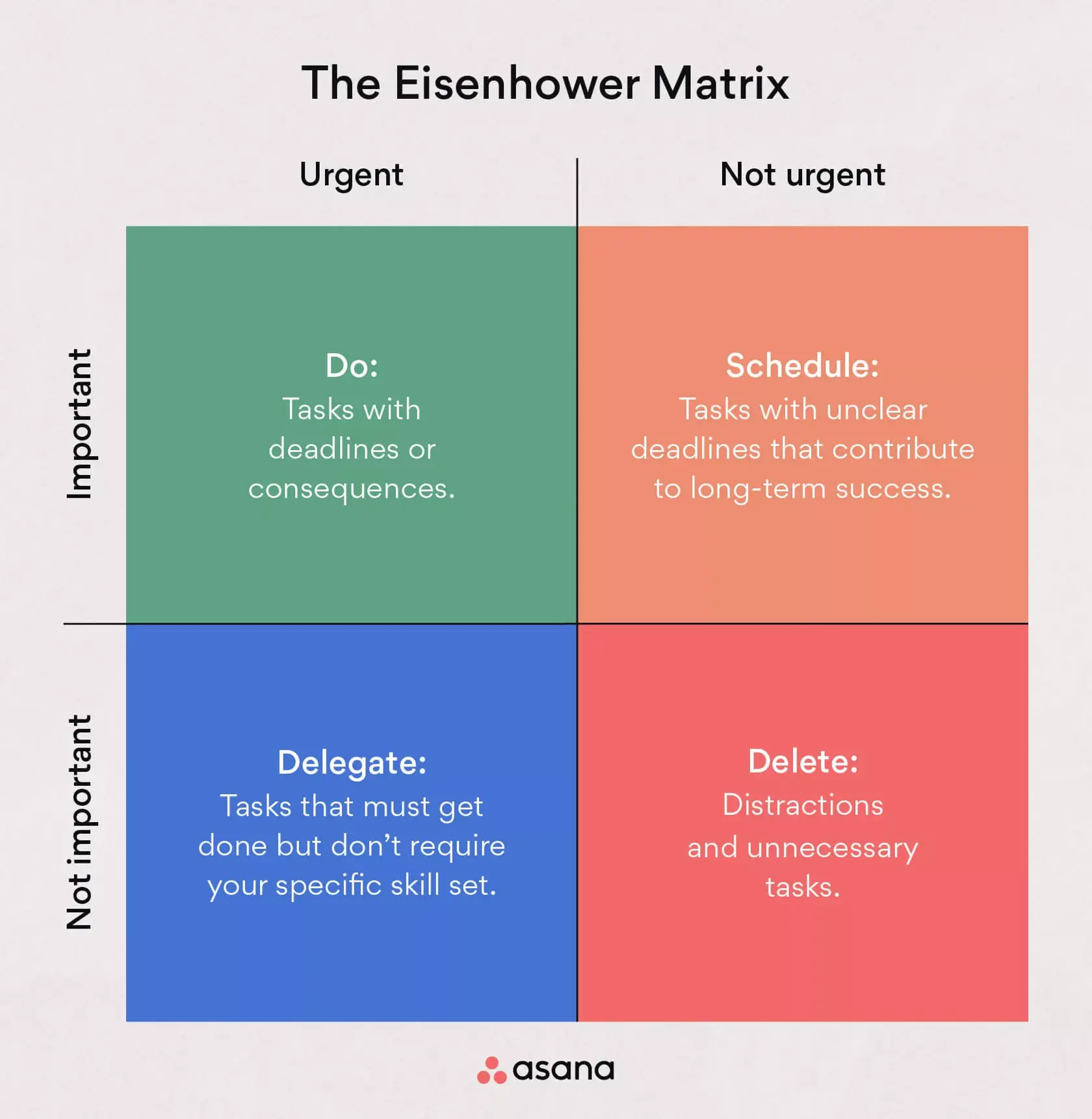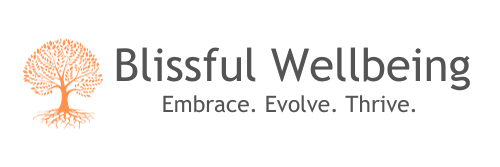
In our fast-paced world, the mastery of time management has become paramount for personal and professional success. This blog post “Strategic Scheduling: 7 Steps for Effective Time Allocation,” is not just a guide but a journey into unraveling the complexities of time management. Let’s delve deeper into the profound impact of strategic scheduling and the transformative effect it can have on your daily routine.
Unveiling the Impact of Strategic Scheduling on Productivity
The first key insight lies in understanding how strategic scheduling can revolutionize productivity. This post goes beyond the surface and explores how intentional planning can be the catalyst for a significant boost in productivity. It’s not just about managing time but optimizing it to transform the way you approach your daily tasks.
Grasping the Significance of Time Allocation
At the heart of strategic scheduling is the acknowledgment of time as a precious, non-renewable resource. Realizing the scarcity of time is the foundational step towards effective time allocation.
Table of Contents
ToggleThe value of strategic scheduling extends beyond professional success, reaching into the realm of personal well-being. By strategically allocating time, individuals can foster equilibrium between their professional and personal spheres, promoting an overall sense of well-being.
Strategic Scheduling: 7 Steps for Effective Time Allocation
The journey into strategic scheduling doesn’t stop at recognizing its impact. It’s about adopting a comprehensive approach to master the art of time management. The seven steps outlined in the blog post serve as a roadmap to guide individuals through this transformative process.
Step 1: Setting Clear Priorities: Navigating the Landscape of High-Value Tasks
The journey into strategic scheduling begins with a crucial step: setting clear priorities. This step is not just about managing time; it’s about channeling your energy into tasks that truly matter. Let’s delve into the art of identifying high-value tasks and introduce a powerful tool, the Eisenhower Matrix, to amplify your ability to make strategic decisions.
Identifying High-Value Tasks
The essence of setting clear priorities lies in the skill of identifying high-value tasks. These are the activities that directly contribute to your overarching goals. This step involves a thoughtful evaluation of your to-do list, distinguishing between tasks that drive meaningful progress and those that merely fill up your time.
The Eisenhower Matrix: A Tool for Priority Setting
A dynamic tool that revolutionizes the way you approach priority setting. This matrix categorizes tasks into four quadrants based on their urgency and importance.
– Quadrant 1: Urgent and Important – These are tasks requiring immediate attention and aligning with your long-term goals.
– Quadrant 2: Not Urgent but Important – Tasks in this quadrant are crucial for your goals but don’t demand immediate action. Strategic planning is essential here.
– Quadrant 3: Urgent but Not Important – These tasks may seem urgent but don’t contribute significantly to your goals. Delegation or re-evaluation is key.
– Quadrant 4: Not Urgent and Not Important – Tasks that fall into this quadrant are generally time-wasters and should be minimized.
The Eisenhower Matrix empowers you to make decisions that align with your objectives, ensuring that your time is invested in activities that truly matter.

Step 2: Creating a Realistic Schedule: Harmonizing Ambition with Achievability
Crafting a realistic schedule is an art that requires balancing ambition with achievability. This step transcends the traditional notion of time management, offering insights into setting goals that propel you toward success without overwhelming your daily agenda. In the pursuit of success, ambition is a driving force. However, the key lies in harmonizing this ambition with what is achievable within a given timeframe. Setting realistic goals involves a mindful consideration of your capabilities, resources, and the time available. Additionally, we’ll explore the efficacy of time-blocking techniques in achieving this delicate balance.
Utilizing Time Blocking Techniques
Time-blocking emerges as a powerful strategy to navigate the complexities of a realistic schedule. This technique involves allocating specific blocks of time to different tasks or types of activities. By dedicating focused, uninterrupted time to particular endeavors, you enhance concentration and overall productivity.
Time blocking is not a one-size-fits-all approach; it’s a customizable tool that adapts to your unique workflow. Whether it’s dedicating a block of time to creative pursuits, deep work, or administrative tasks, this technique ensures that your schedule is a reflection of your priorities.
By harmonizing your aspirations with achievable milestones and employing time-blocking techniques, you set the stage for a schedule that propels you toward success without sacrificing balance or well-being.
Step 3: Embracing Technology for Enhanced Efficiency: A Digital Frontier in Time Management
In the rapidly evolving digital landscape, the third step of our strategic scheduling journey involves leveraging technology as a powerful ally in the quest for efficiency. From productivity apps to time-tracking tools, let’s explore how embracing technology can streamline your tasks and elevate your overall time management, featuring a closer look at the “me+ daily routine planner (Play Store / App Store).”
Leveraging Productivity Apps for Time Management
Technology, when harnessed effectively, can be a game-changer in the realm of time management. The market is teeming with productivity apps designed to streamline tasks and boost efficiency. Our spotlight falls on the “me+ daily routine planner,” a versatile tool that goes beyond traditional scheduling. This app is tailored to cater to your unique routine, helping you prioritize tasks, set goals, and maintain a dynamic schedule.
By incorporating productivity apps into your routine, you gain the ability to seamlessly organize and track your activities. From setting reminders to breaking down tasks into manageable steps, these apps act as digital assistants, ensuring that you stay on top of your commitments and make the most of your time.
Integrating Time-Tracking Tools into Your Routine
Understanding how you spend your time is a key aspect of effective time management. This is where time-tracking tools come into play. By incorporating these tools into your routine, you gain valuable insights into your time usage patterns. From the minutes spent on specific tasks to identifying potential time sinks, these tools empower you to make informed adjustments to your schedule.
Time-tracking tools foster self-awareness, allowing you to recognize patterns of productivity and areas for improvement. This step is not about micromanaging every minute but about gaining a holistic understanding of your time, enabling you to make strategic decisions that align with your goals.

Step 4: Incorporating Breaks and Downtime: The Art of Strategic Rest
Contrary to the traditional notion that breaks hinder productivity, the fourth step of our strategic scheduling journey unveils the science behind productive breaks and emphasizes the importance of incorporating downtime for enhanced overall efficiency.
The Science of Productive Breaks
Scientifically speaking, breaks are not interruptions but essential components of a productive workflow. Research indicates that taking short breaks throughout the day can enhance focus, creativity, and overall cognitive function.
Balancing Work and Rest for Optimal Performance
Achieving optimal performance is not about non-stop work; it’s about finding the right balance between work and rest. This step guides you in navigating the delicate equilibrium that suits your individual rhythm. It emphasizes the importance of understanding your energy levels and incorporating breaks and downtime accordingly.
Strategic rest is not a sign of weakness; it’s a strategic move to enhance efficiency. By recognizing the natural ebb and flow of your energy, you can align your tasks with your peak performance periods and ensure that your schedule promotes sustained productivity without compromising your well-being.
Step 5: Delegating Tasks Effectively: The Strategic Art of Lightening Your Load
As we delve into the fifth step of our strategic scheduling journey, we encounter the art of delegation—an essential skill that not only lightens your workload but also amplifies your efficiency. Learn the principles of effective delegation and explore tools and strategies that seamlessly integrate technology into this process, allowing you to focus on tasks that truly require your expertise.
The Art of Delegation in Time Management
Delegation is not merely assigning tasks; it’s a strategic art that involves entrusting responsibilities to others, freeing up your time and mental bandwidth. This step explores the principles of effective delegation, emphasizing the importance of understanding each team member’s strengths and assigning tasks accordingly. By aligning tasks with the skills and expertise of your team, you not only optimize efficiency but also foster a collaborative and empowered work environment.
Effective delegation extends beyond professional settings; it’s a life skill that can be applied to various aspects of your daily routine. From household chores to work projects, mastering the art of delegation is a key step toward reclaiming control over your time.
Tools and Strategies for Seamless Delegation
The digital era has bestowed us with a myriad of tools and strategies that facilitate seamless delegation. From project management apps to communication platforms, technology plays a pivotal role in enhancing the delegation process. By leveraging these tools, you can delegate with precision, track the progress of delegated tasks, and maintain open lines of communication with your team. The result is a delegation process that is not only efficient but also conducive to building a cohesive and collaborative work environment.
Recommended Delegation Tools: Teamwork, Google Jamboard, and Creately.

Step 6: Evaluating and Adjusting Your Schedule: The Continuous Improvement Loop
The sixth step of our strategic scheduling journey introduces the critical elements of regular review, flexibility, and adaptability in your scheduling approach. Consistent evaluation emerges as the linchpin of effective time allocation, empowering you to stay on track with your goals. Discover the transformative power of flexibility, ensuring that your schedule remains a dynamic tool rather than a restrictive framework.
Regular Review: A Key Element of Time Allocation
Time, much like any valuable resource, requires regular evaluation to ensure optimal usage. Regular reviews of your schedule are a key element of effective time allocation. Through consistent evaluation, you gain insights into patterns of productivity, allowing you to refine your approach and align your schedule with evolving priorities.
Flexibility and Adaptability in Your Scheduling Approach
Rigidity in scheduling can become a barrier to progress. Step six emphasizes the power of flexibility and adaptability in your scheduling approach. A dynamic schedule is one that can accommodate unexpected challenges, shifting priorities, and new opportunities. By embracing flexibility, you transform your schedule from a static framework into a responsive tool that can adjust to the dynamic nature of life and work.
Step 7: Cultivating Consistency in Time Management: The Keystone to Sustainable Productivity
In the final leg of our strategic scheduling journey, we explore the pivotal role of consistency in time management. Step 7 delves into the art of building habits that support sustainable time allocation, turning intentional scheduling into second nature. Let’s uncover the strategies for cultivating consistency and witness the cumulative effect of these practices, leading to long-term productivity and fulfillment.
Building Habits for Sustainable Time Allocation
Consistency is the linchpin of successful time management. This step is not about temporary fixes or quick solutions; it’s about cultivating habits that become an integral part of your daily life. Discover strategies for building habits that support sustainable time allocation. Whether it’s waking up at a consistent time, dedicating a specific block for focused work, or incorporating regular breaks, these habits lay the foundation for a routine that optimizes your time effectively.
The key to building sustainable habits is to start small and gradually incorporate them into your routine. By focusing on one habit at a time, you allow it to become ingrained in your lifestyle, making it more likely to endure in the long run. Consistency in these small actions creates a ripple effect that positively influences your overall time-management approach.
The Cumulative Effect of Consistent Time-Management Practices
Consistency breeds transformation. Explore how the cumulative effect of consistent time-management practices transforms your routine over time. Small, intentional changes, when practiced consistently, lead to impactful and sustainable results. Witness the gradual but profound changes in how you approach your daily tasks, manage your priorities, and allocate time to activities that truly matter.
The beauty of consistent time-management practices lies in their ability to become second nature. As these habits become ingrained, they require less conscious effort, freeing up mental space for more complex decision-making and creative endeavors. Consistency acts as a catalyst for a positive feedback loop, reinforcing your commitment to strategic scheduling and amplifying its benefits.
Conclusion: Empowering Your Daily Life Through Strategic Scheduling
As we conclude this exploration of strategic scheduling, let’s recap the seven steps that collectively pave the way for effective time allocation. Each step contributes to a holistic approach, empowering you to take charge of your time and, by extension, your life.
- Setting Clear Priorities: Identifying high-value tasks through the Eisenhower Matrix.
- Creating a Realistic Schedule: Balancing ambition with achievability and utilizing time-blocking techniques.
- Embracing Technology for Efficiency: Leveraging productivity apps and integrating time-tracking tools.
- Incorporating Breaks and Downtime: Understanding the science of productive breaks and balancing work and rest.
- Delegating Tasks Effectively: Mastering the art of delegation and using tools for seamless collaboration.
- Evaluating and Adjusting Your Schedule: Regular reviews, flexibility, and adaptability in your scheduling approach.
- Cultivating Consistency in Time Management: Building habits for sustainable time allocation and understanding the cumulative effect of consistent practices.
In the grand finale, we emphasize the empowering nature of strategic scheduling. By implementing these seven steps, you’re not just managing time; you’re reclaiming control over your daily life. Step into a world where time becomes a tool for your aspirations, not a constraint. As you cultivate consistency in your time-management practices, you embark on a journey of sustained productivity, fulfillment, and the realization of your goals. It’s time to empower your daily life through the strategic mastery of time.
More Recommendations and Resources to Explore
Additional Articles on Time Management
- Time Management Is About More Than Life Hacks: Explore Harvard Business Review’s insightful article delving into a sophisticated perspective that goes beyond quick fixes to unveil the deeper principles of effective time management.
- The Top 10 Time Management Tips To Work Smarter, Not Harder: Forbes presents a must-read article, offering invaluable insights and practical strategies to optimize your productivity and achieve professional success with efficiency.
- How to Improve Your Time Management Skills and Succeed in the Workplace: Discover essential guidance in The Wall Street Journal’s article providing actionable tips to enhance your organizational prowess and excel in your professional endeavors.
Top 5 Books On Time Management
- The 7 Habits of Highly Effective People: Powerful Lessons in Personal Change” by Stephen R. Covey
- How to Stop Procrastinating: A Simple Guide to Mastering Difficult Tasks and Breaking the Procrastination Habit” by S.J. Scott
- Eat That Frog!: 21 Great Ways to Stop Procrastinating and Get More Done in Less Time” by Brian Tracy
- The 4-Hour Workweek: Escape 9-5, Live Anywhere, and Join the New Rich by Ray Porter
- Organize Tomorrow Today: 8 Ways to Retrain Your Mind to Optimize Performance at Work and in Life” by Dr. Jason Selk and Tom Bartow
Share This Post With Your Loved Ones!
Related Articles:






